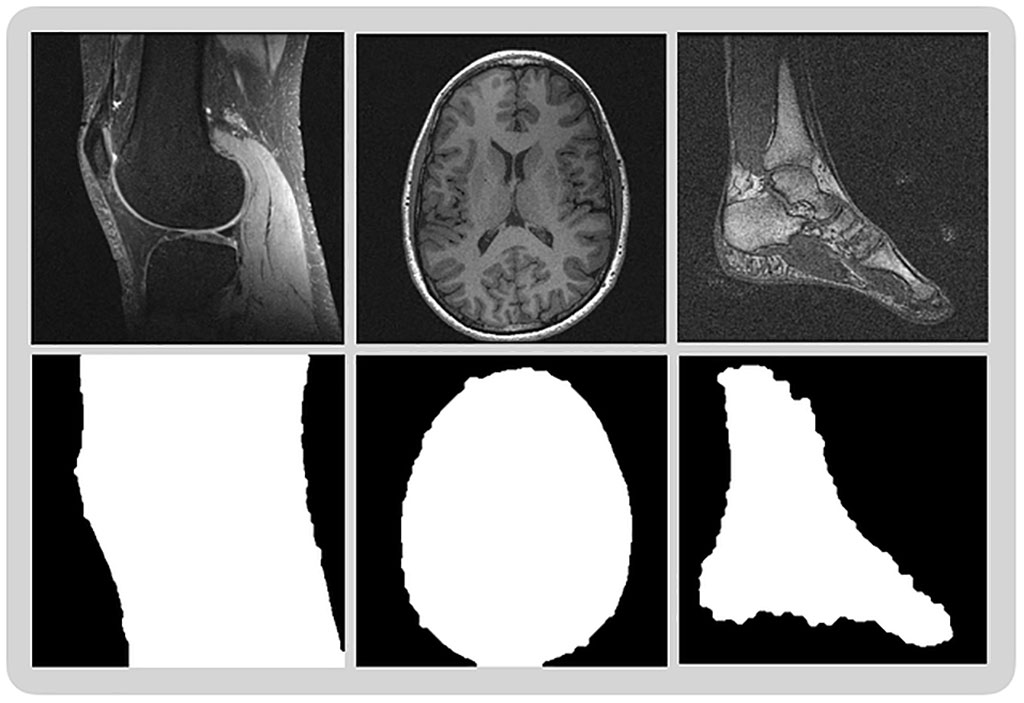Novel Technology Designed to Increase MRI Speeds Could Lead to Faster Scans
Posted on 06 Dec 2022
Complex mathematics and engineering are involved in generating images of internal organs and tissues when patients enter the magnetic tube of an magnetic resonance imaging (MRI) machine. Any movement by the patient can corrupt the images, and the scan can take an hour or longer. During this time, the machine makes loud noises as radio waves reverberate off bodily structures to create images. Because the field of view – the part of space that is imaged – is typically rectangular, the radio waves also bounce off areas outside the body. Now, a new technology that adjusts the sampling pattern created by the machine’s magnetic fields could increase scan speeds of three-dimensional MRI.
The new method developed at the University of Colorado School of Medicine (Aurora, CO, USA) could lead to faster scans and potentially increase clinical applications of MRI to include young children and pregnant patients, and ultimately improve patient care. The new approach to MRI scans could reduce times by about 25%, enabling doctors to get results faster and reducing patients’ time in the MRI tube. The faster scans could be used for a multitude of purposes, potentially expanding MRI use to very young children and pregnant patients. There are plans to further research its application to twin-to-twin transfusion syndrome, a rare condition in which twin fetuses share one placenta and a network of blood vessels. A fast, accurate MRI can guide a surgeon in cauterizing the blood vessels in the placenta to address the condition and improve outcomes for the fetuses.

“Primarily, this means combining this particular method of making MRI faster with other technologies to make scanning extremely fast. These other technologies include what is known as partial Fourier sampling, parallel imaging, compressed sensing, and deep learning,” said Nicholas Dwork, PhD, assistant professor in the Department of Biomedical Informatics at the University of Colorado School of Medicine, who developed the method and has filed a provisional patent for the technology.
Related Links:
University of Colorado School of Medicine














